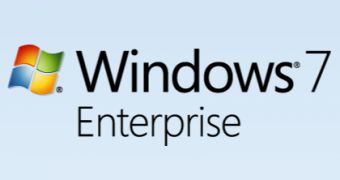With its latest version of Windows, Microsoft supports multiple activation scenarios, each tailored to a specific Windows 7 license. In this regard, volume customers of Windows 7 have the option to perform volume activation for the operating system. Companies with a large number of clients can centralize the management tasks associated with the process of activating multiple Windows seats. Windows 7 volume activation works either via KMS (Key Management Service) or MAK (Multiple Activation Key). Technical decision makers can now access a document from Microsoft detailing the “Top 7 Things You Need to Know about Activation TDM.”
The resource is offered for free through the Microsoft Download Center, and it is essentially a PowerPoint document. As the official title implies, the software giant outlines no less than seven things that IT decision makers need to be aware of when it comes down to Windows 7 volume activation.
The company is even enumerating the Volume Activation Enhancements for Windows 7, including “Refined end-user experience: clear & simplified user interface; updated notification dialog; customizable user experience for the enterprise; and performance improvements to the core service. [But also] Ease of activation in deployment: inclusion of virtual systems in customer hosted activation service (KMS); new configuration options for DNS (priority & weight); modified hardware tolerance values for reduced reactivation. [And] Enhanced key management & reporting: improved manageability [and] one stop Volume Licensing Service Center portal,” Microsoft stated.
Of course, the “Top 7 Things You Need to Know about Activation TDM” is not the sole resource associated with delivering an insight into Windows 7 volume activation. Microsoft has an entire nook on TechNet dedicated exclusively to volume activation and Windows 7, with all resources available free of charge. Customers will be able to get information not just on Windows 7, but also on its server counterpart, Windows Server 2008 R2 volume activation.

 14 DAY TRIAL //
14 DAY TRIAL //